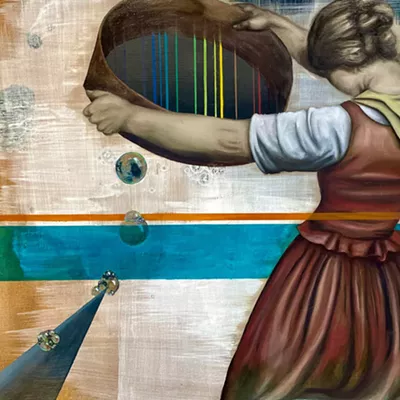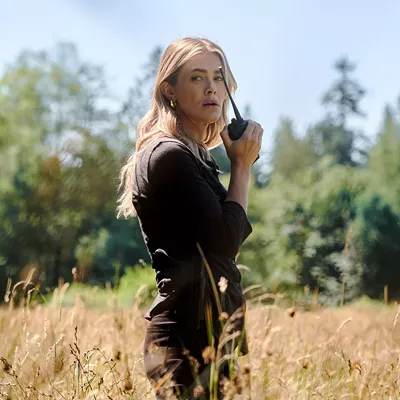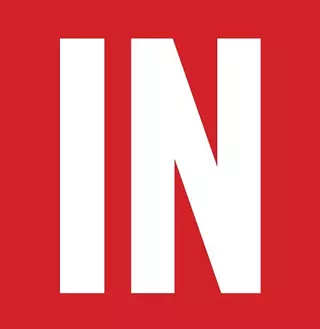The allure of Priest Lake comes in different forms for the residents of the Inland Northwest (and beyond) who've come to love the pristine waters of "Idaho's Crown Jewel." Maybe it's the crisp mountain air or the recreation opportunities or the nostalgia of family trips to the lake.
Still, most of these lake-goers don't stop to ponder how such a remote and hard-to-access spot became a beloved destination for the region over the years. History of this far North Idaho outpost has traditionally been spotty, but Wild Place: A History of Priest Lake, Idaho, sets out to tie together the story of the lake.
Written by historian Kris Runberg Smith, who grew up vacationing at Priest Lake and now is a professor at Lindenwood University in Missouri, the book from WSU Press is an easy read for the less historically inclined, but nevertheless is rich with primary sources, including accounts of early settlers that should make modern lake visitors thankful for the relative comfort available to them. Smith got an assist on the project from Tom Weitz, a longtime Priest Lake resident and geologist who serves as the president of the Priest Lake Museum Association and helped provide many of the remarkable historical photos provided in these pages.
The book notes that Priest Lake was a seasonal getaway of sorts even before it was "discovered" by missionaries and settlers. Members of the Kalispel Tribe, Smith writes, would cross the mountains from the Pend Oreille River during the warm month to hunt and fish. As tales from explorers and cartographers circulated the country, tours comprised of wealthy outdoorsman came to Priest for often-grueling expeditions. The book's first-person accounts of these early visits are remarkable, and continue throughout the pages to support the notion of the lake as a haven for rugged and adventurous souls.
The sections about the mining and timber industries may come as a surprise to some who see today's Priest Lake as virtually untouched. Smith tells of timber operations taking up the shoreline and mines digging into the hills and the seafloor of the lake itself. And the tales of the accompanying bars and side businesses that came alongside this industry lend a little Wild West mystique to the book.
The history of Priest Lake's current primary industry — tourism, of course — is prominently featured as well, with stories of the hardscrabble Hill and Elkins families whose namesake resorts remain institutions in the region. The influence of Spokane economics also plays a big part in the creation of Priest Lake as a modern-day getaway.
If anything, Wild Place should give you more to think about on your next trip to very northernmost Idaho.
















